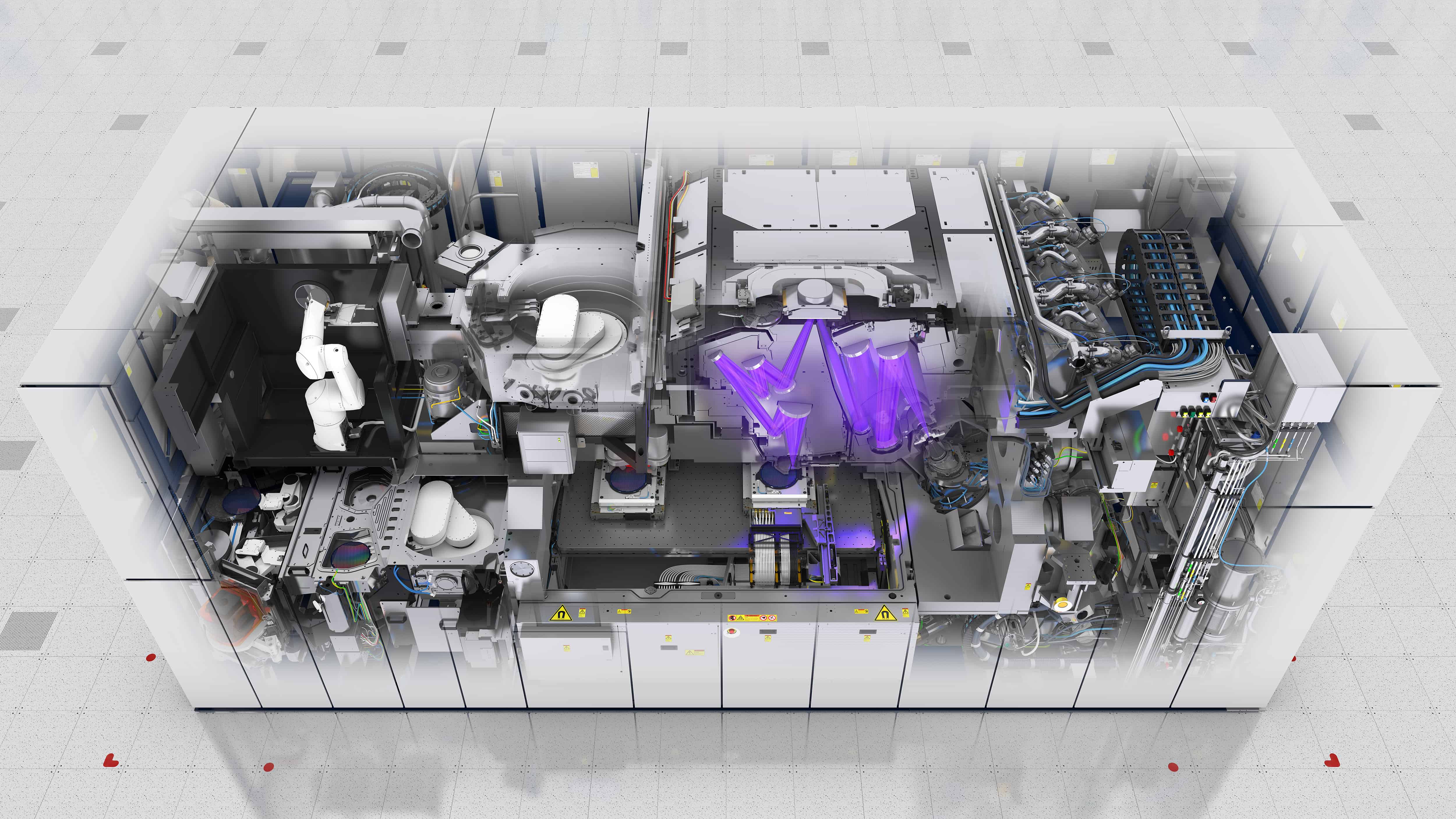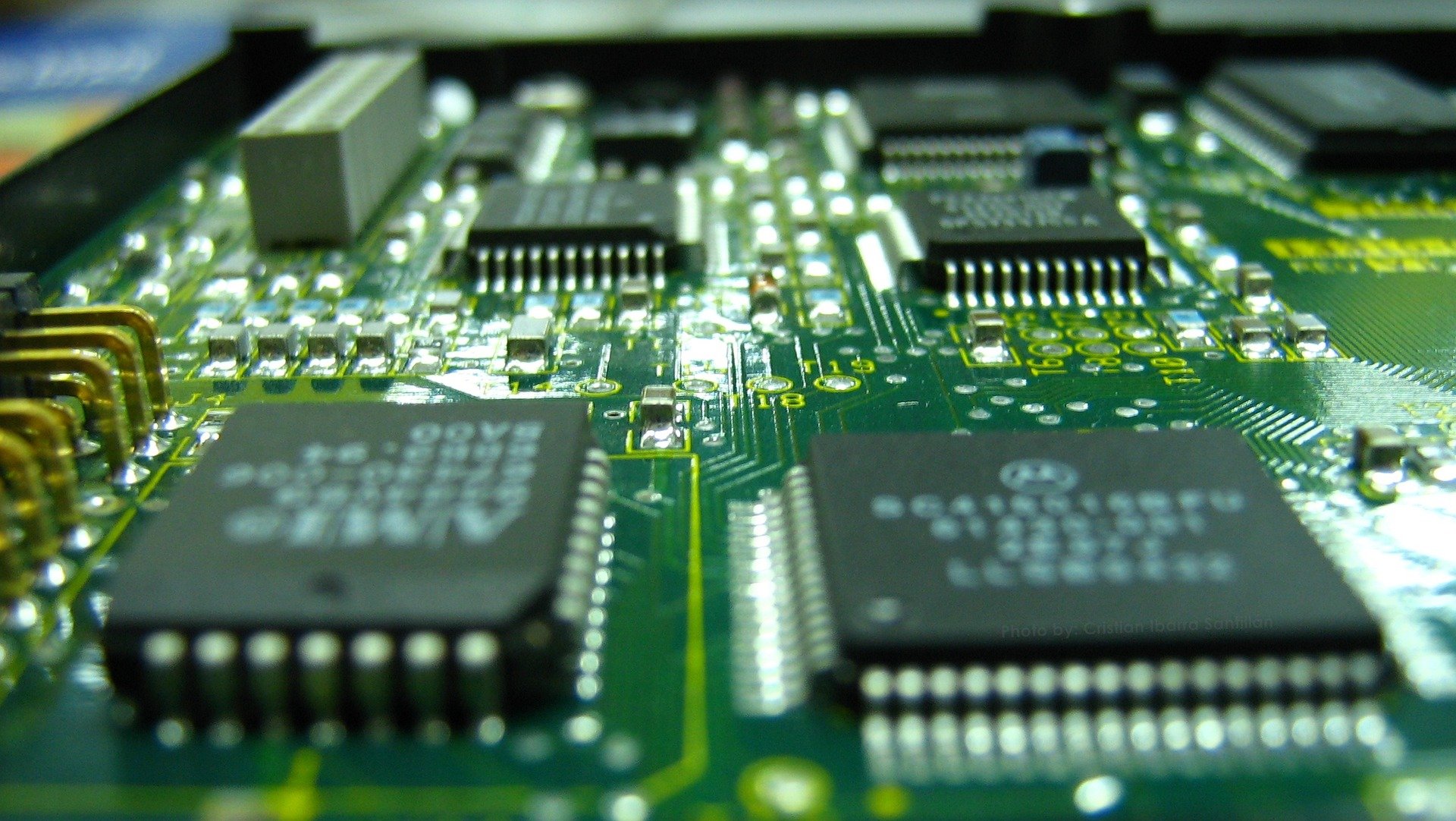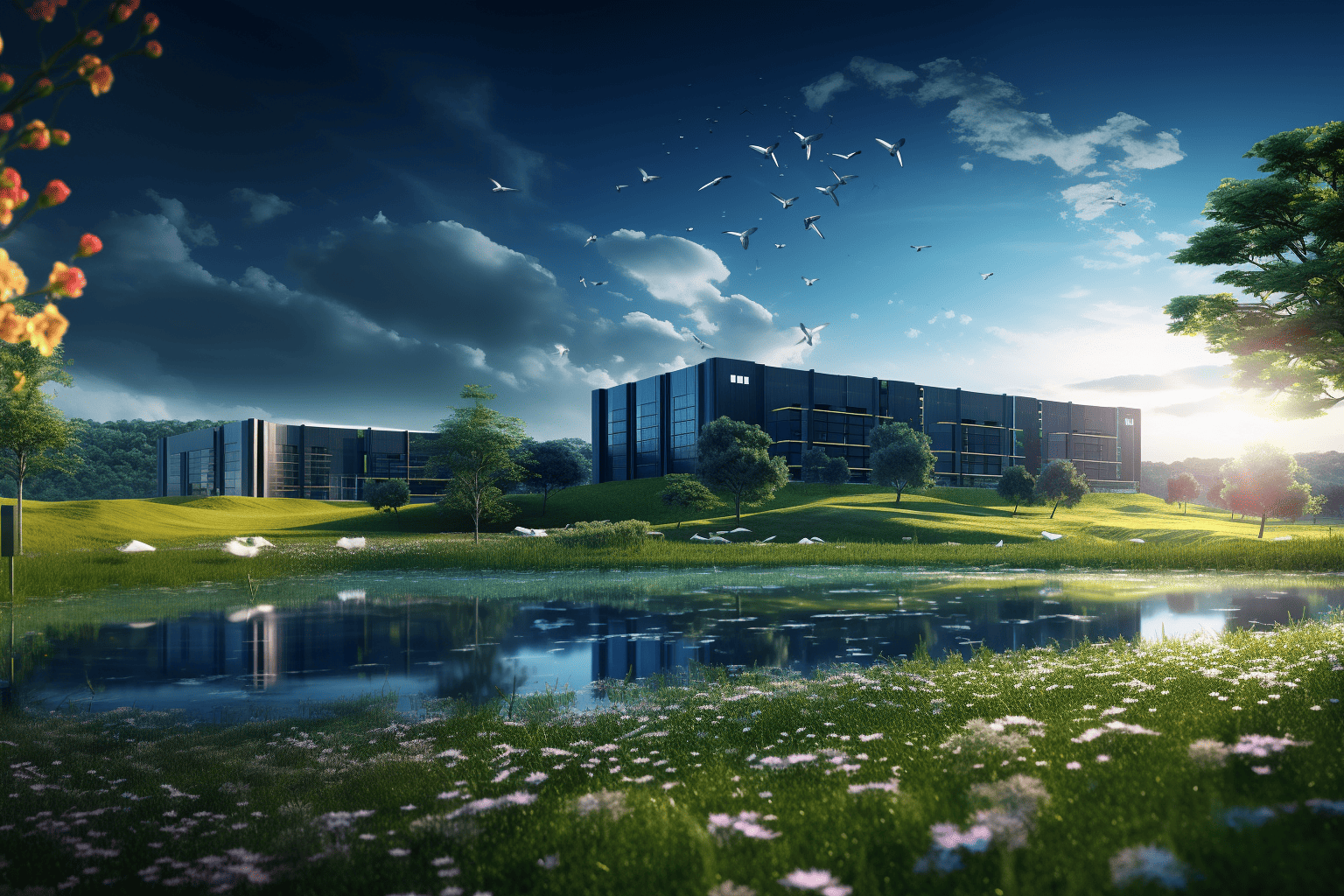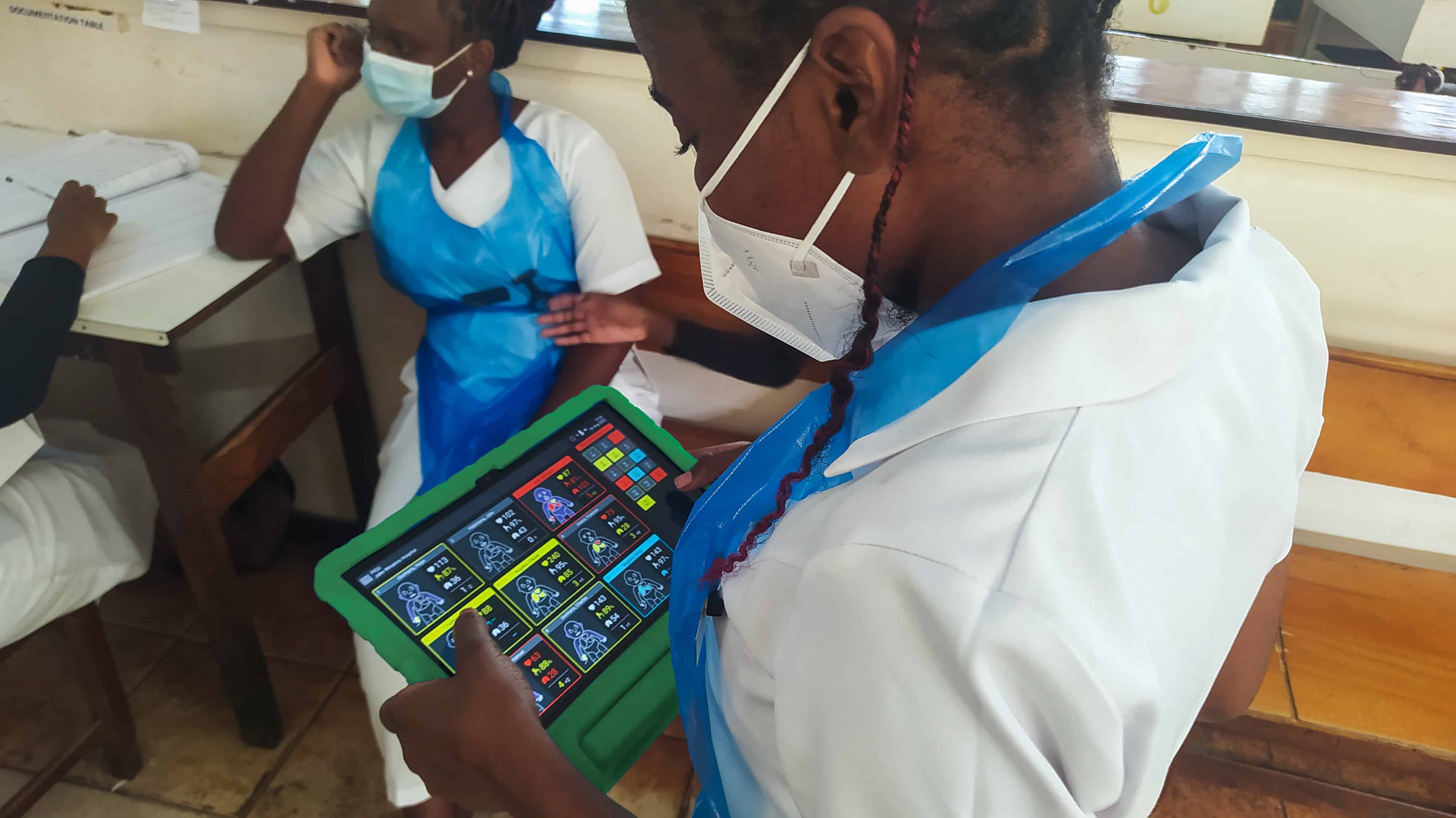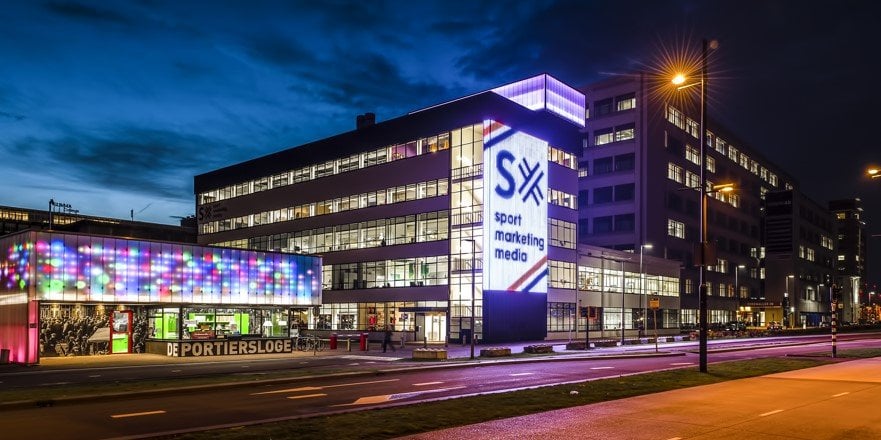
Sports & Technology, the Dutch innovation cluster in the field of sports and vitality, will be in charge of a European innovation project. Five clusters from Spain, Hungary, Finland, Poland and the Netherlands will work together under the name Inno4Sports. The aim is to improve the performance of innovation clusters in the field of sport and vitality and thus to fight against inactivity – and for a more vital society. The total project size is around €1.5 million, 85% financed by Interreg Europe.
“Inno4Sports places itself in the context of socio-economic transformations in Europe that open up new dimensions for the capitalisation of sports ecosystems. The potentials of Sport ecosystems have started to be been recognized at EU level as drivers for innovation and growth with a high potential for cross-sectoral spill-overs and interlinkages with various societal and economic fields. Still, at regional levels, they remain underdeveloped, due to existing inconsistencies and an underrepresentation of the potentials created by sports innovation within RIS3 and regional development programmes.”
The project has a strategic goal, says cluster manager René Wijlens: “It helps us to further develop our cluster’s regional innovation agenda into a ‘regional action plan for innovation in sport and vitality’. This should further strengthen the position we already have in the Netherlands and the EU. We work closely with the province of North Brabant, Brabant Sport and the Brainport Region. We are also working together with other clusters in the EU, each of which will develop its own ambition, agenda and action plan. We also want to make connections between the best practices in the EU, so that we can learn from each other”.
The project will run for several years. The first phase is aimed at developing the regional action plan; the second phase is aimed at implementation. Wijlens: “The project is successful if we have been able to structurally present ourselves as regions where the ‘quadruple helix partners’ – the cooperation between government, knowledge institutions, businesses and residents – are demonstrably more successful in the field of innovation for sport and vitality. This will enable them to achieve economic, social and sporting returns. With the project we also want to achieve that the regional policy, including the resulting actions and investments, is optimally designed for that purpose.”
The project does not deliver money to the Eindhoven cluster. “It is a not-for-profit project,” says Wijlens. “Earning is therefore mainly in the result: if all goes well, this will give us an even stronger innovation ecosystem for sport and vitality.”
Innovation clusters
The project responds to the trend of recent years, in which bottom-up innovation clusters around sport and vitality have emerged in various places in the EU. These clusters each have the need to further professionalise in order to realise their ambitions. With the European Platform Sport Innovation (EPSI) as the project’s advisory partner, there is a strong dissemination platform that can also bring the project’s findings to the attention of other regions and parties.
“The major societal challenge of inactivity is increasingly recognised as a theme where innovation and public-private business creation can play an important role,” says Wijlens. “This project ensures that we learn more from each other’s experiences. After all, the limits of innovation and business opportunities do not stop at regions. And with EPSI as a partner, we not only let the participating regions benefit from the experiences, but also the growing network of parties that is manifesting itself in Europe in this area.”
Photo: head office Sports & Technology Eindhoven


